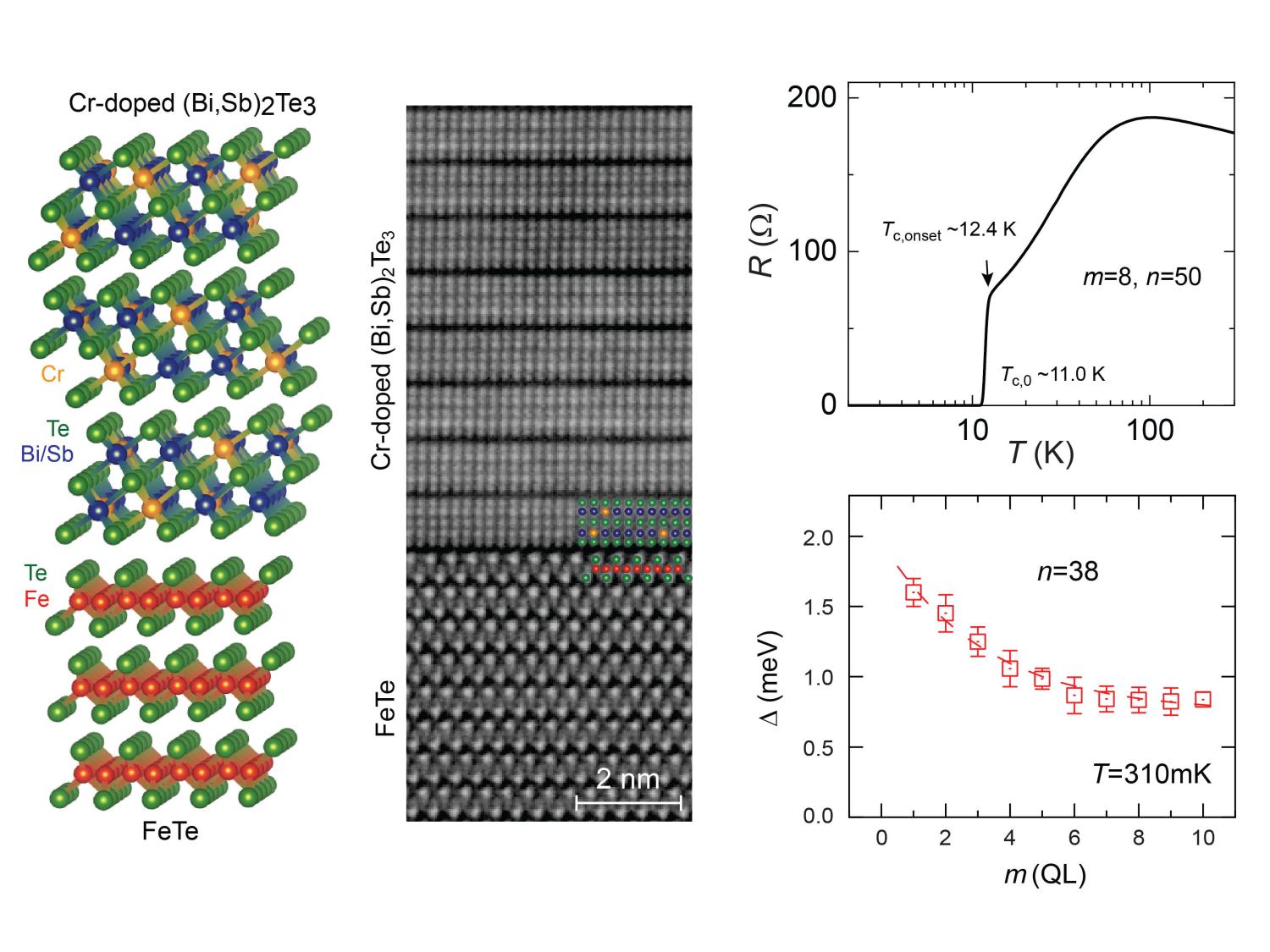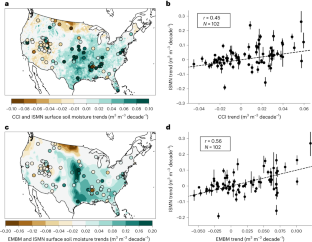2024-02-08 ペンシルベニア州立大学(PennState)
<関連情報>
- https://www.psu.edu/news/engineering/story/modified-soft-material-promises-better-bioelectronics-researchers-say/
- https://www.sciencedirect.com/science/article/abs/pii/S2590238523006343?via%3Dihub
静電自己組織化により、効率的な混合輸送と高性能OECTsを持つ構造的に安定化したPEDOT:PSSが得られる Electrostatic self-assembly yields a structurally stabilized PEDOT:PSS with efficient mixed transport and high-performance OECTs
Laine Taussig , Masoud Ghasemi , Sanggil Han , Albert L. Kwansa , Ruipeng Li , Scott T. Keene , Nathan Woodward , Yaroslava G. Yingling , George G. Malliaras , Enrique D. Gomez , Aram Amassian
Matter Published: January 16, 2024
DOI:https://doi.org/10.1016/j.matt.2023.12.021
Progress and potential
A structurally stable form of the biocompatible mixed conductor PEDOT:PSS has been developed that can operate efficiently in wet environments without crosslinkers, making it ideally suited for bioelectronic applications. This material both conducts electricity and interacts with ions very efficiently and achieves state-of-the-art organic electrochemical transistors. Absence of crosslinkers allows PEDOT:PSS to achieve superior crystalline order, carrier mobility, and volumetric capacitance. The material’s structure is developed in solution via electrostatic self-assembly, and its multiscale hierarchy includes a co-crystalline phase that structurally embeds PSS and helps preserve the material’s structural integrity and mixed conductivity in wet environments. Given that PEDOT:PSS is transparent, flexible, stretchable, and conductive, the range of potential applications of this durable PEDOT:PSS likely extends well beyond the biomedical sector.
Summary
Organic electronics and organic electrochemical transistors (OECTs) are gaining importance for their potential to replicate complex biological processes of the human brain. Such devices require polymeric materials to efficiently transport and couple ionic and electronic charges in aqueous media, therefore demanding water-insoluble systems capable of efficient electronic and ionic conductions. This has created a fundamental stability-performance compromise for water-soluble conducting polymers such as poly(3,4-ethylenedioxythiophene) polystyrene sulfonate (PEDOT:PSS), whereby stability has been achieved at the expense of electronic properties. Here, we demonstrate a breakthrough in structural stabilization of PEDOT:PSS through electrostatic self-assembly (ESA) that leads to the formation of an efficient mixed conductor in a hydrated state. Benefiting from the multiscale morphology control provided by ESA, PEDOT:PSS mixed conductors exhibit superior carrier mobility and high volumetric capacitance resulting in a state-of-the-art thin-film OECT figure of merit (μC∗ = 752.5 F/cmVs) in aqueous media, making this approach suitable for creating robust mixed conductors for bioelectronic applications and beyond.
Graphical abstract




